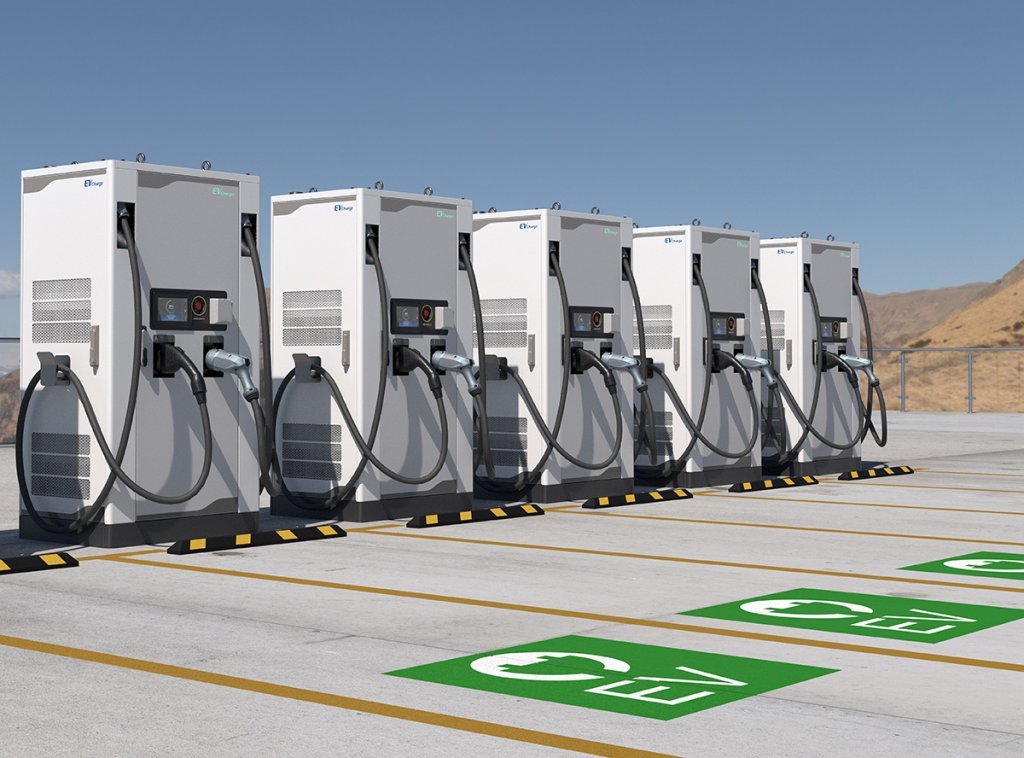When it comes to electric vehicles (EVs), one of the biggest concerns for potential buyers is the availability and convenience of charging infrastructure. After all, what good is an EV if you’re constantly worrying about running out of power and not being able to find a charging station? That’s where Level 3 charging stations come in. These superchargers have the potential to revolutionize the way we charge our EVs, providing faster charging speeds and greater convenience. In this blog, we’ll delve into the world of Level 3 charging stations, exploring their capabilities, benefits, and their potential impact on the future of transportation.
Level 3 Charging Stations
Level 3 charging stations, also known as DC fast chargers, are the pinnacle of charging technology for electric vehicles. Unlike Level 1 and Level 2 chargers that operate on alternating current (AC) and require longer charging times, Level 3 chargers utilize direct current (DC) power to provide a significantly faster charging experience. With Level 3 charging stations, EV owners can expect to charge their vehicles to 80% capacity in as little as 20-30 minutes, depending on the battery size and charging capabilities of the vehicle.
The Benefits of Level 3 Charging Stations
There are numerous benefits to using a Level 3 charging station. The primary advantage is their ability to rapidly charge electric vehicles. With charging times reduced to a fraction of what Level 1 and Level 2 chargers offer, EV owners can quickly top up their batteries during a lunch break or while running errands. This feature not only provides convenience but also helps alleviate range anxiety, which has been a major barrier to EV adoption. The ability to charge on the go means longer road trips become more viable, allowing EV drivers to travel greater distances with ease.
Increases Accessibility
Level 3 charging stations also contribute to the accessibility of EV charging infrastructure. As these chargers become more prevalent, EV owners can have peace of mind knowing that there will be a fast-charging option available in their vicinity. With an expanding network of Level 3 charging stations, the fear of being stranded due to low battery power diminishes, making electric vehicles a more attractive option for consumers. This accessibility factor is crucial in promoting the widespread adoption of EVs and driving the transition to a greener transportation system.
Enables Long-Distance Travel
One of the key barriers to electric vehicles becoming the norm for long-distance travel has been the limited availability of fast-charging options along major highways. Level 3 charging stations have the potential to change that by providing high-speed charging at strategic locations, such as rest areas and service stations. With these charging points, EV drivers can embark on long journeys with confidence, knowing that they can quickly recharge their batteries along the way. This not only makes electric vehicles a viable option for road trips but also encourages the development of tourism and promotes the use of EVs in rural areas.
Reduced Dependence on Fossil Fuels
Level 3 charging stations play a significant role in reducing our dependence on fossil fuels. By making EVs more practical and convenient, they contribute to the overall shift toward sustainable transportation. As more Level 3 charging stations are installed, the range of electric vehicles will continue to improve, making them a viable alternative to traditional internal combustion engine vehicles. This transition has the potential to significantly reduce greenhouse gas emissions, air pollution, and our reliance on finite fossil fuel resources.
Innovation in Battery Technology
The demand for Level 3 charging stations drives innovation in battery technology. EVs become more popular and the need for faster charging speeds grows, manufacturers are investing in research and development to improve battery capacity and efficiency. This, in turn, benefits all aspects of the EV industry, from longer driving ranges to reduced charging times. The advancements made in battery technology will not only benefit electric vehicles but also have implications for renewable energy storage, helping us create a more sustainable future for home and on the go.
Integration with Renewable Energy Sources
Level 3 charging stations also have the potential to integrate with renewable energy sources, further reducing the environmental impact of electric vehicles. By coupling fast-charging infrastructure with solar panels or wind turbines, we can tap into clean and sustainable energy to power our EVs. This synergy between fast-charging technology and renewable energy not only reduces carbon emissions but also helps create a more resilient and decentralized energy grid.

